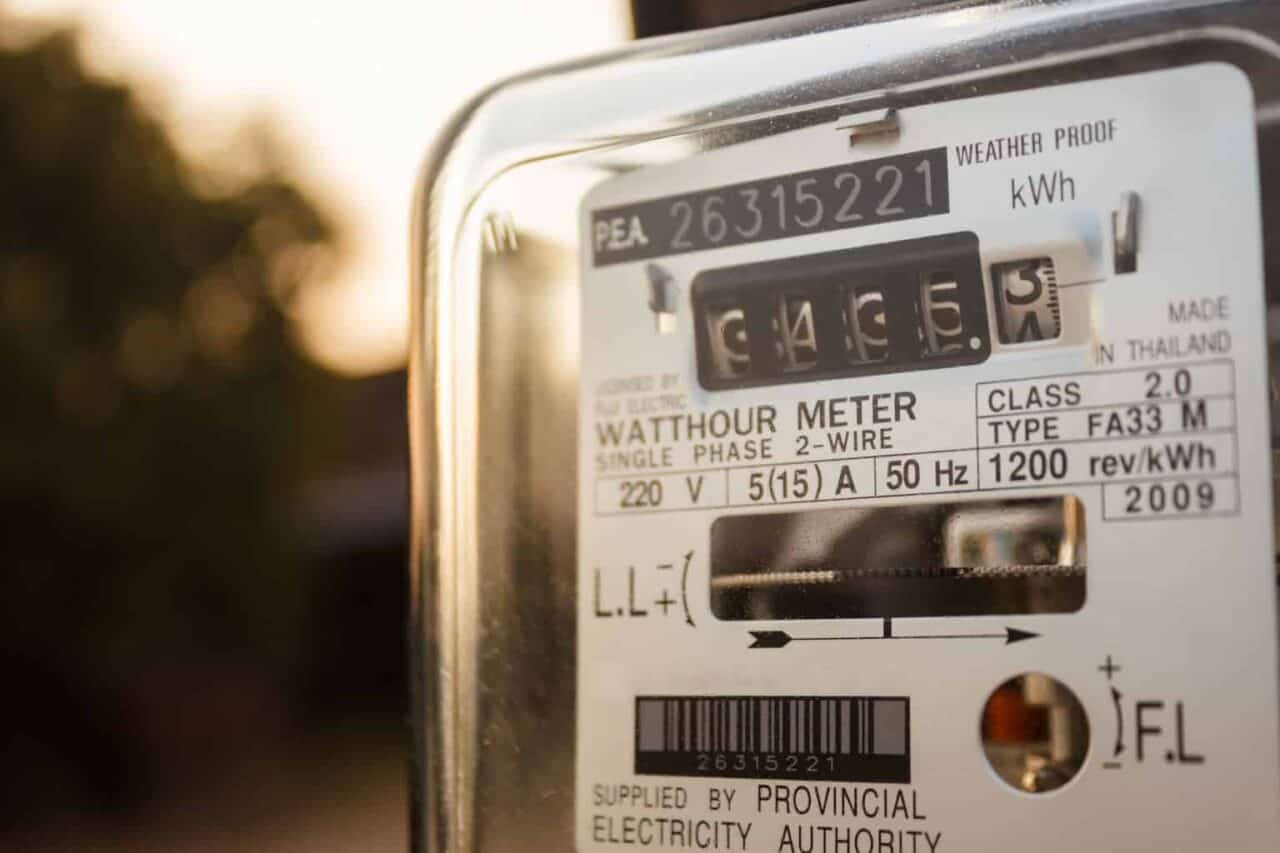Knowing how much energy you use is key when you come to compare gas and electricity tariffs. There are a few ways you can go about estimating your energy usage, and in this article we’ll be running you through the easiest ways to figure it all out.

Method 1: Read your energy meters
A really quick and easy way to figure out how much energy you use is to take a look at your meter reading. The advantage to this method is that it removes a fair amount of the guesswork as it is a realistic representation of how much energy you use.
Simply find your gas and electricity meters, and take a reading. Then keep taking a reading every week and keep noting the differences between your current week’s reading and the previous week’s reading.
Some meters can be trickier to read (dial or dual fuel meters), but the general rule of thumb is to make note of all the numbers from left-to-right up until the decimal point. Ignore any numbers after the decimal point and any numbers in red.

Method 2: Use a smart meter
Smart meters are being rolled out across the UK with the aim of every household having been offered one by 2020. If you’ve already opted to have a smart meter installed, then you’re a step ahead when it comes to estimating your energy usage.
Smart meters automatically take readings and sends them to your supplier. This provides for more accurate billing, but also allows you to quickly and easily figure out how much you’re using in terms of units, and also what it costs you in pounds and pence.
Every smart meter is different, but generally speaking all of them will display your usage for gas and electricity in kilowatt hours (kWh) and also in pounds/pence too. You can then use this information to help you compare the cheapest energy deals for your level of usage.

Method 3: Use your bill
All energy bills are slightly different depending on your supplier, but they all convey some basic key information that can help you figure out your energy usage patterns.
Firstly you need to figure out if you have a dual-fuel tariff from one supplier or two separate bills from different suppliers. Once you’ve figured that out you need to look at your bill(s) to pick out some key information.
The first thing you need to find is the ‘billing period’. This will tell you the period over which this particular bill is showing energy usage for. This could be a one-month, 3-month or even 6-month period depending on your supplier and tariff. This can usually be found on the front of the bill.
Next, you need to find a ‘usage’ number (usually on the second page of your bill) that has a value broken down into kilowatt hours (kWh). This is your energy usage in units. You then need to divide this figure by the number of months or weeks in your billing period in order to figure out your weekly or monthly usage.
It is worth noting that you can also divide the bill total (in pounds) by the billing period to figure out your current weekly or monthly cost for energy too. You will also find other information such as your cost per kilowatt hour and your latest meter readings on your bill too.

Method 4: Estimate your usage using some stats
If for some reason the three methods mentioned so far aren’t viable, another possible option is to use averages and statistics about energy usage to figure out how much you’re likely to be using.
You’ll need to consider the size of your home, number of people in the house, and lifestyle factors in order to figure out if you’re a low, medium, or high usage household.
This method obviously is very rough around the edges and should be taken with a pinch of salt, but it can give you an idea at a quick glance of what your energy usage may be.
Low usage (1900kWh electrcitiy, 8000kWh gas)
- 1-2 people
- 1-2 bedroom flat
- At home on evenings and weekends
- Weekly laundry cycle
- Heating occasionally
- No dishwasher or tumble dryer
Medium usage (3100kWh electricity, 12,000kWh gas)
- 3-4 people
- 3 bedroom house
- Some people at home during the day, as well as evenings/weekends
- Heating used regularly
- Electrical appliances used frequently
- Laundry cycle 3 times per week
High usage (4,600kWh electricity, 17,000kWh gas)
- 5+ people
- 4+ bedroom house
- Always someone at home during the days, evenings and weekends
- Multiple appliances in use
- Tumble dryer and dishwasher used
- Laundry done daily































No Comments